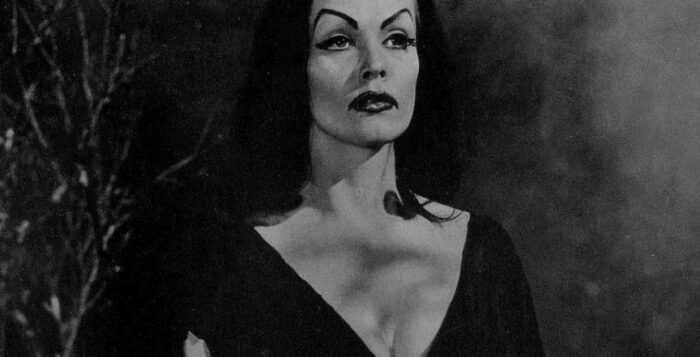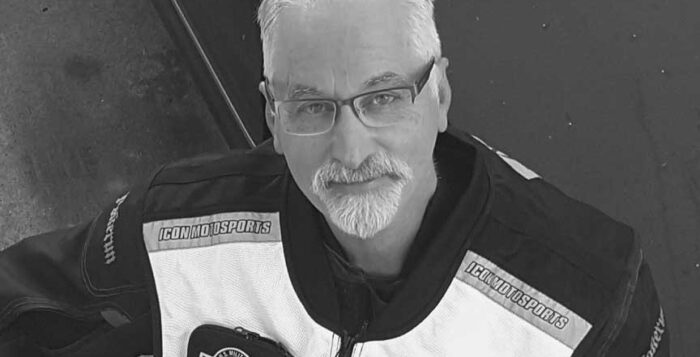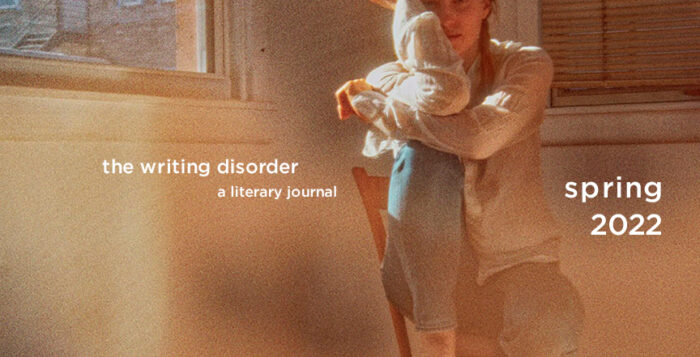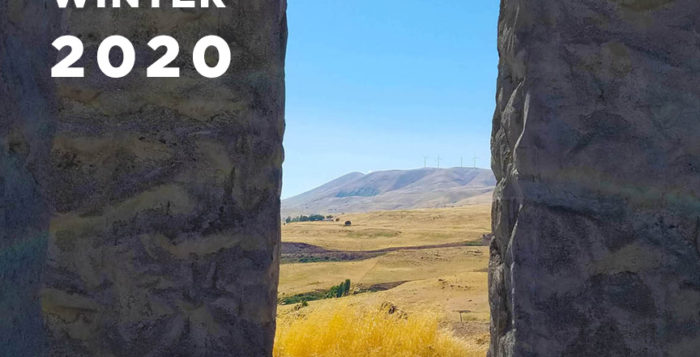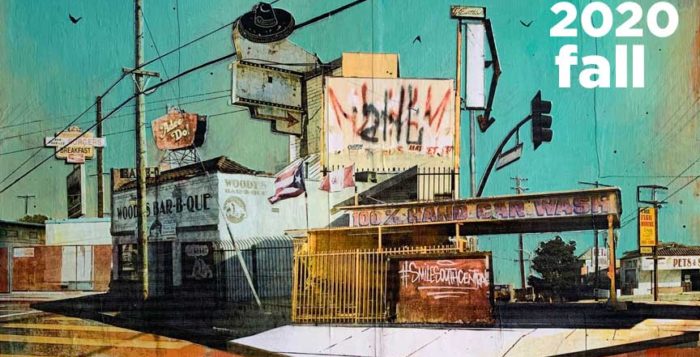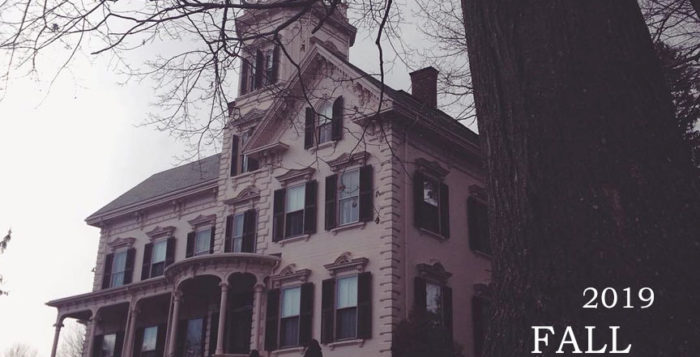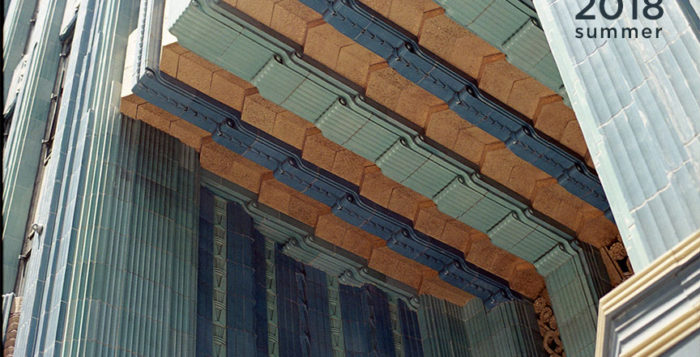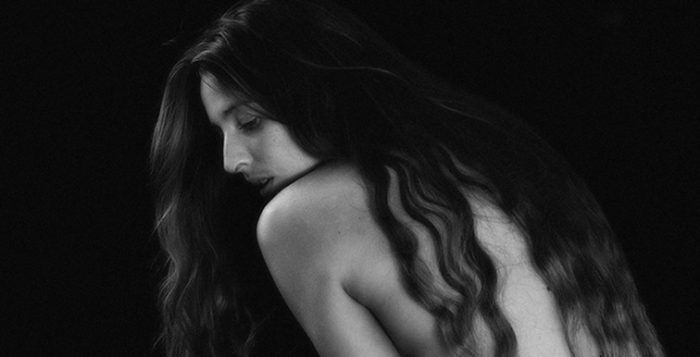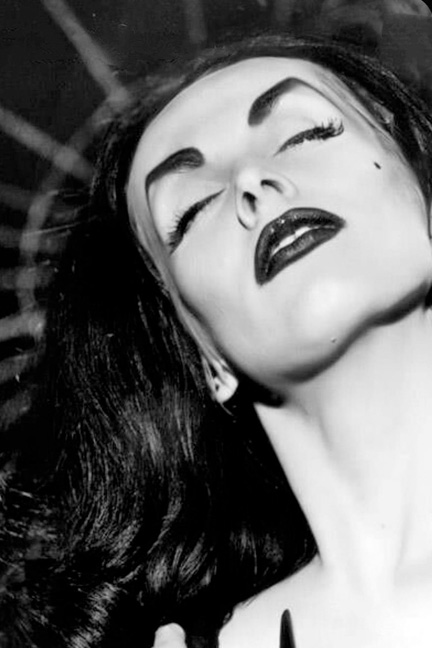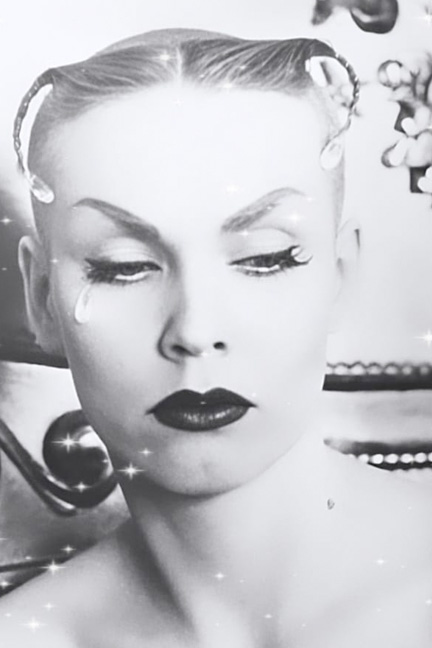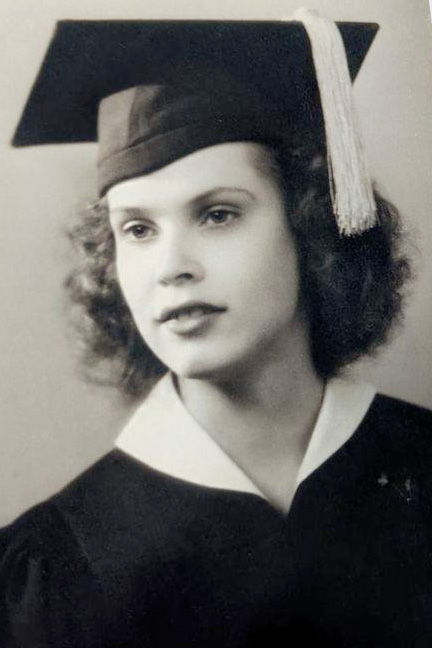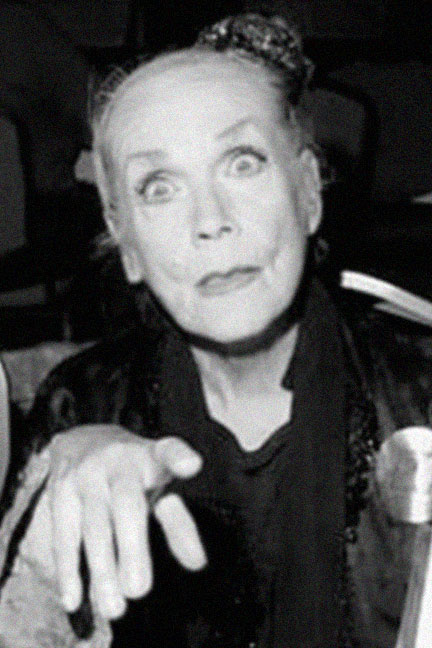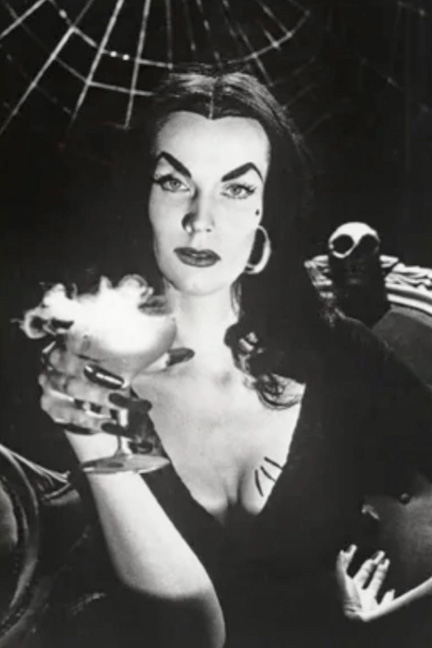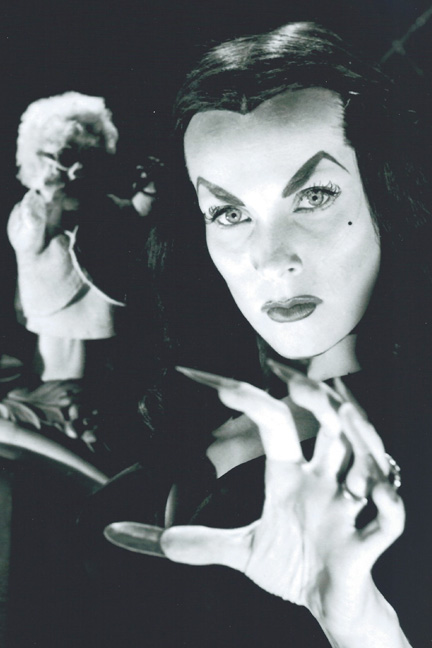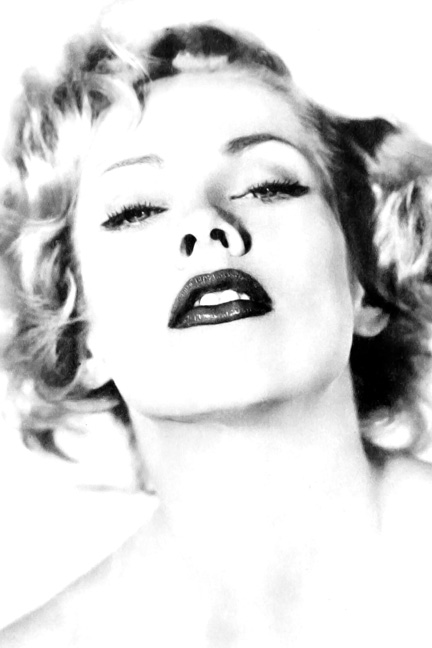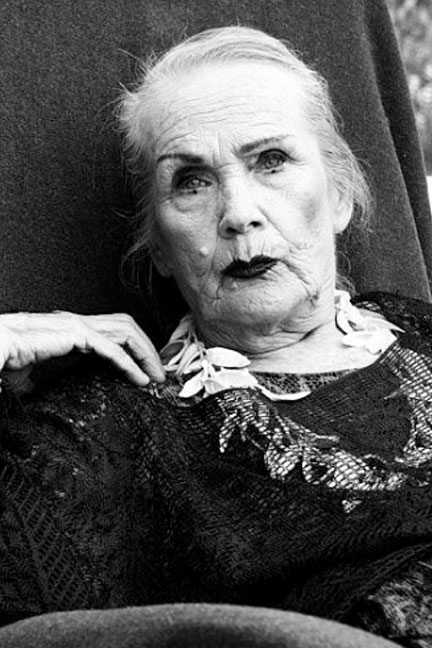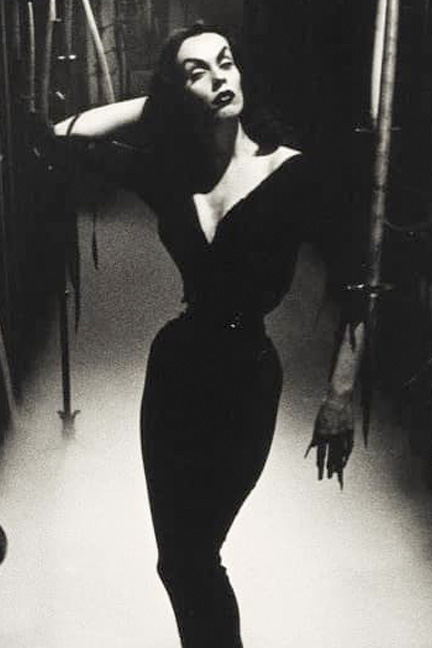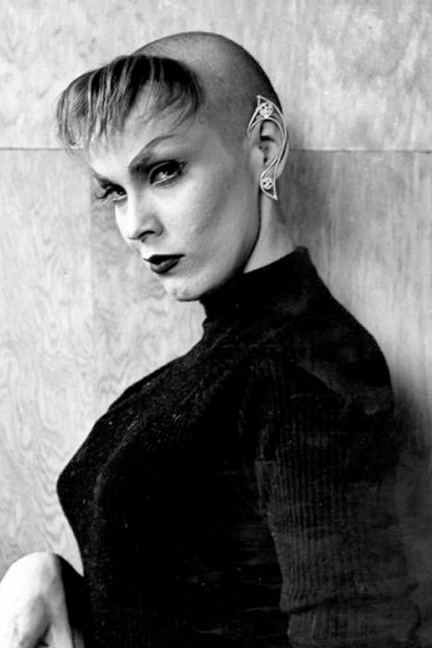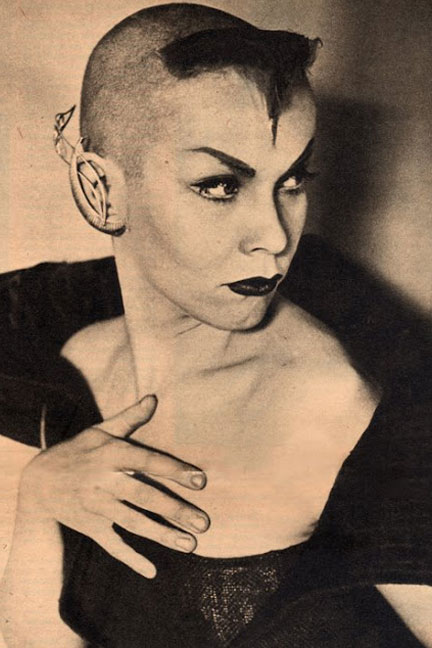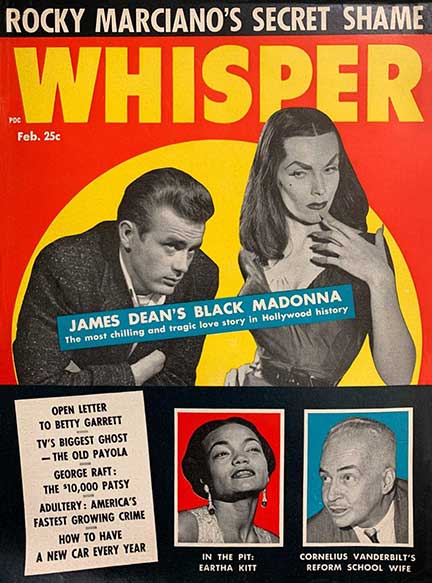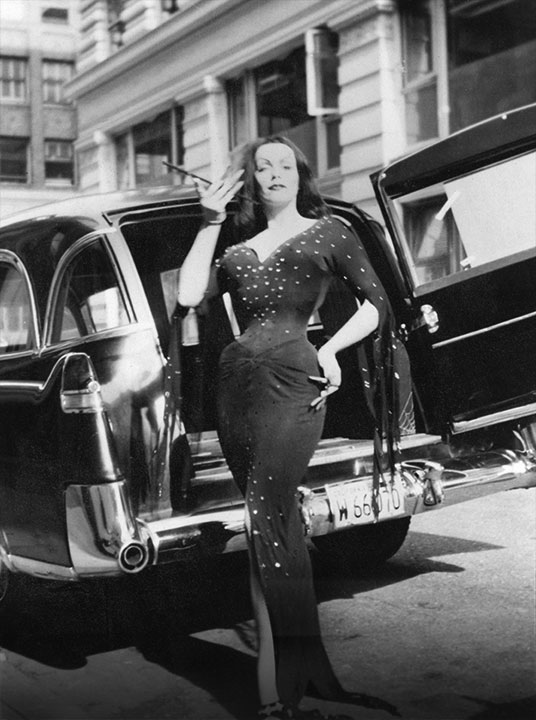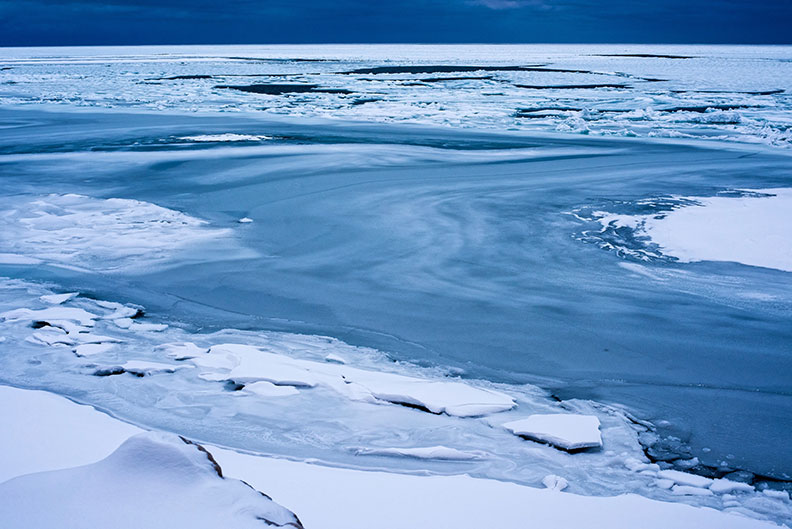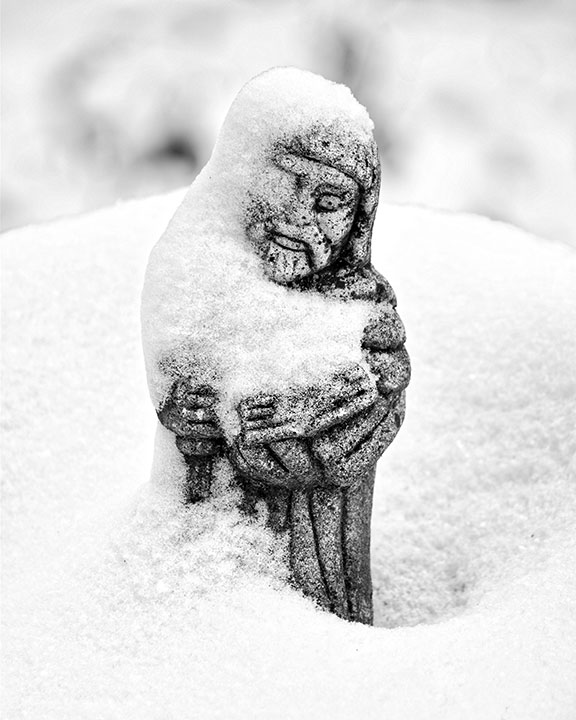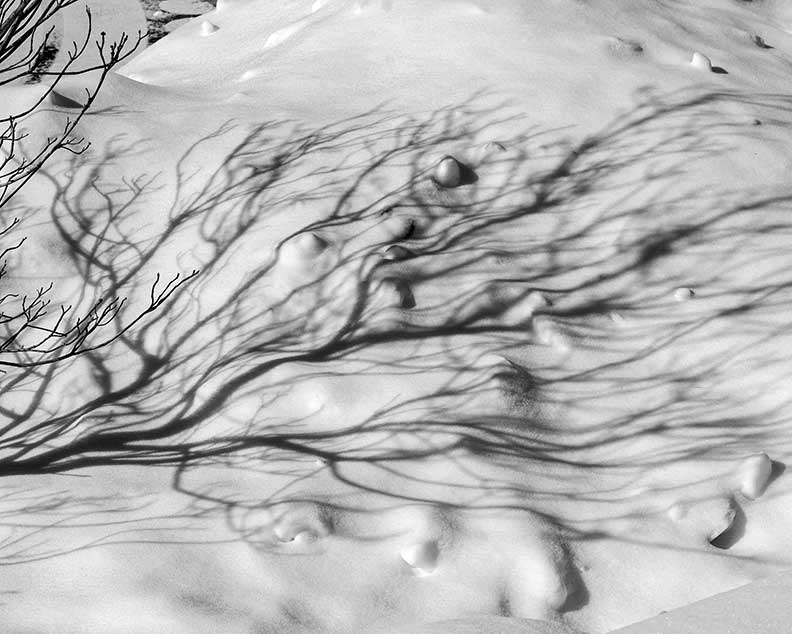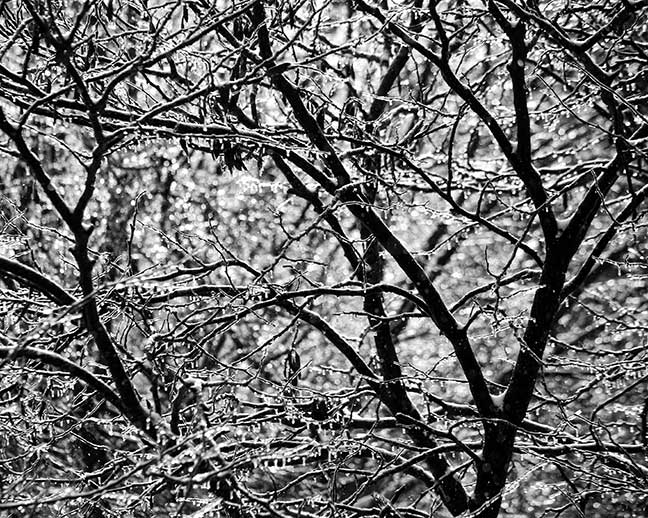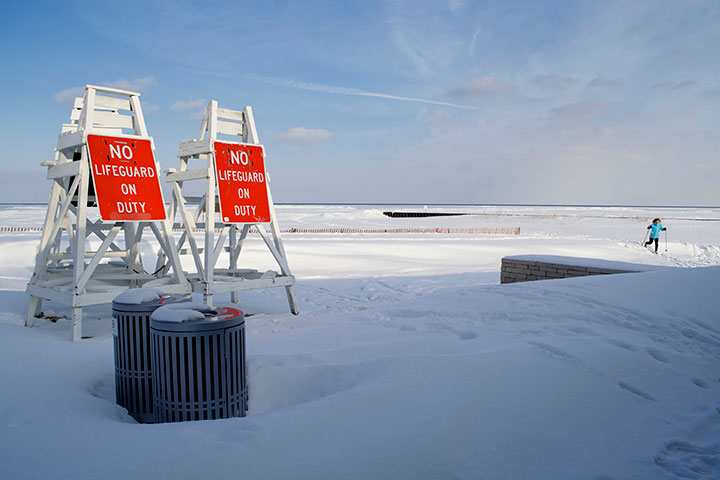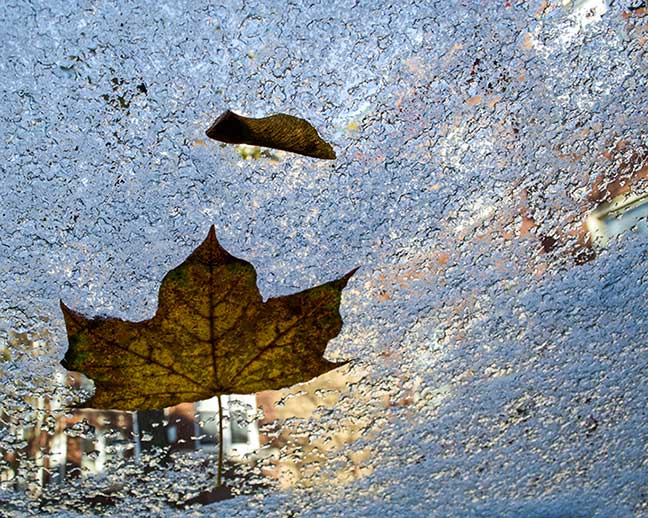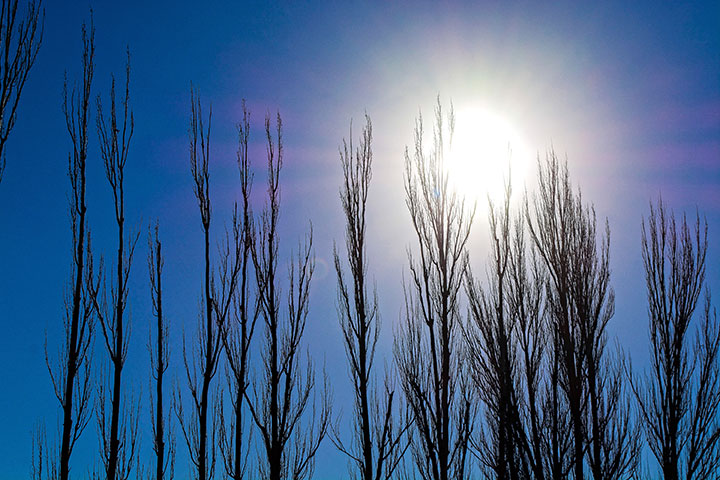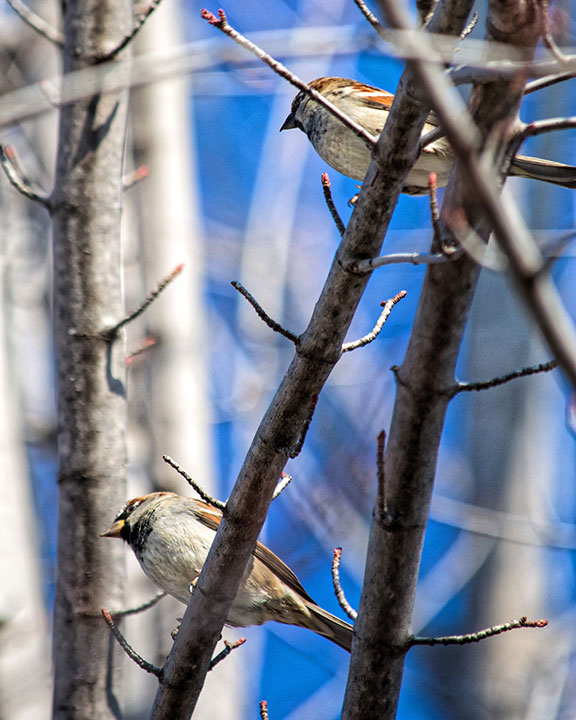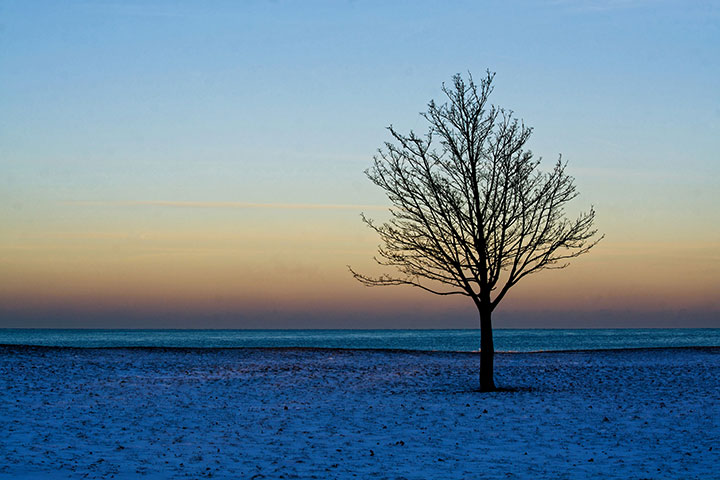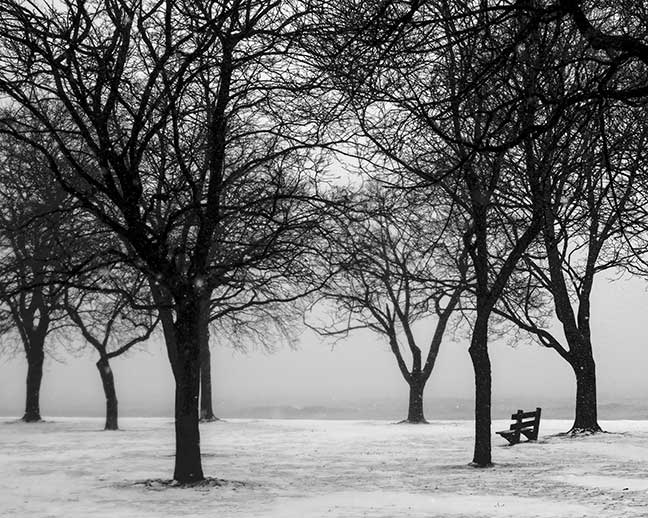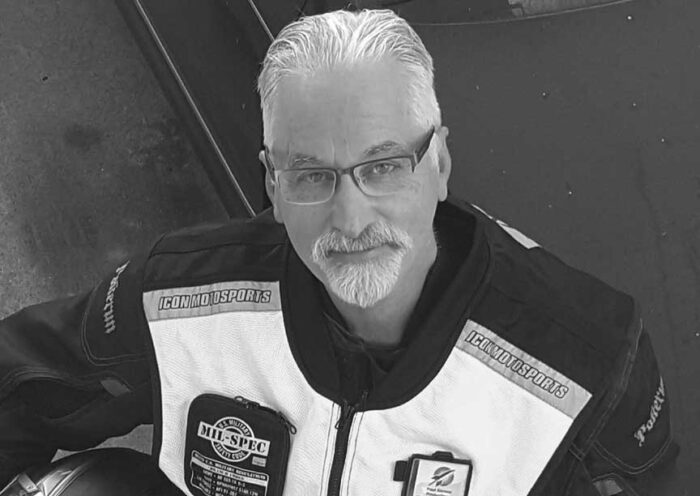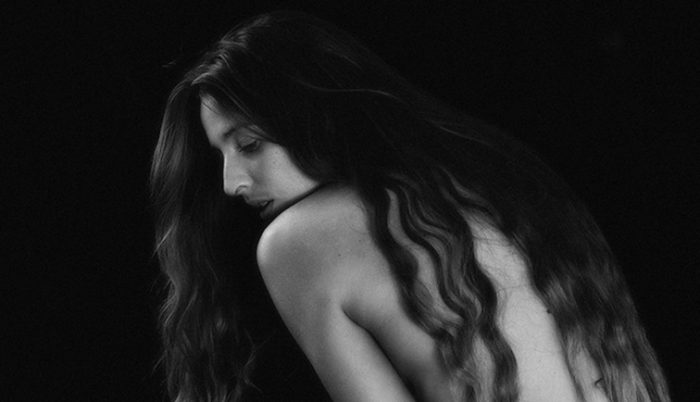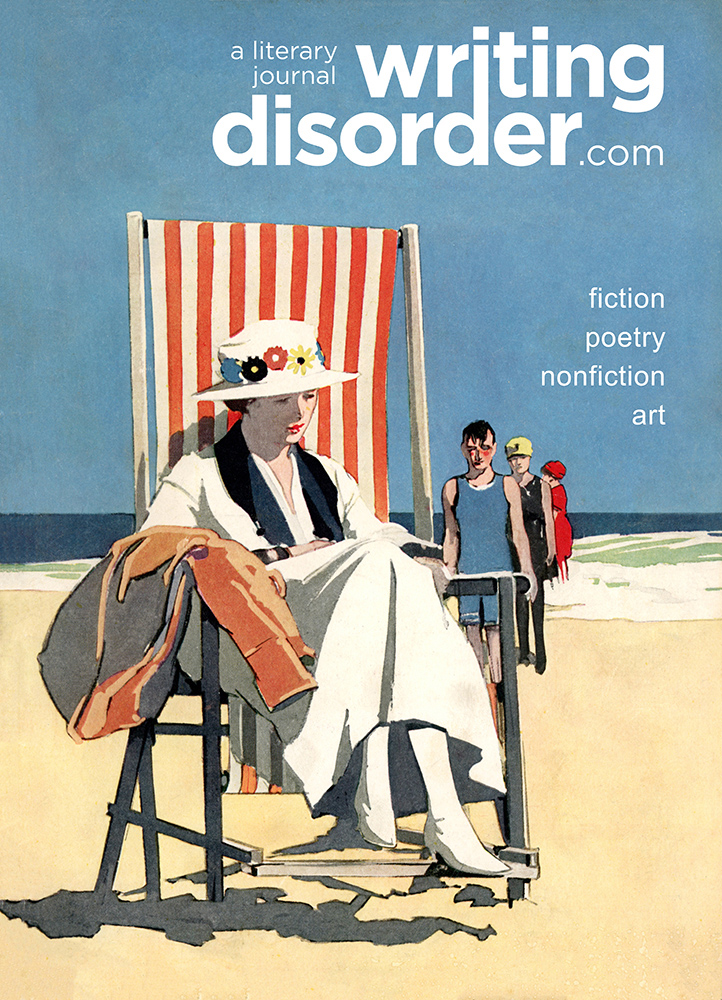Maila Nurmi, was the original Vampira on TV. She hosted the The Vampira Show on ABC-TV in Los Angeles from 1954-55. She was friends with James Dean, Orson Welles, Marlon Brando and many other Hollywood celebrities. Her style and look inspired a generation of Goths.
Kevin Nance Photography
ABOUT THE ARTIST
Kevin Nance is a freelance photographer, arts journalist and poet in Lexington, Kentucky. His photography has been exhibited in galleries, libraries and hospitals in Lexington, Chicago, Portland, and other cities, and published in book form in “Even if: Photographs and Haiku” (University of Kentucky Arts in Healthcare, 2020). His writing and photography have appeared in the Washington Post, Wall Street Journal, USA Today, Chicago Tribune, Chicago Sun-Times, Poets & Writers Magazine and other publications. As an arts journalist, he currently contributes regularly to the Lexington Herald-Leader, Ace Magazine and UnderMain.
https://kevinnance.tumblr.com/
Paul Garson Nonfiction
Mailable Motorcycle Art:
Two-Wheeled Postcards from Around the World
Story & Photos by Paul Garson

Redlands, California 1900
Postcards were utilized as means of advertising more than a hundred years ago as demonstrated by his example printed by a California shop offering both bicycles and motorcycles.
Before there was Twitter and text messaging there were postcards. Tons of them. In fact, many millions have been posted from almost every country in the world, the appearance of postcards stretching back more than 150 years. While there’s no special term for collecting motorcycles, postcard collecting and their research has one… Deltiology. And at last count it happens to be the third largest collecting hobby in the world, next to coin and stamp collecting.
Naturally when you have postcards you have the postal stamp. The first, known as the Penny Black, was printed by England in 1840 while privately produced postcards that included images first appeared in Austria in 1869 and the die was cast, the phenomena of illustrated postcard skyrocketing in popularity around the world. The first colored postcard was introduced in 1889 while images of the newly erected Eiffel Tower helped to greatly expand interest in postcards. The first cards showing real photographs began appearing in 1900.
In 1906 postcards benefited from another boost with the appearance of the Eastman Kodak foldable camera, amateur photographing booming and the resulting images transferable to postcards. In 1908 the U.S. population was listed at 88,700,000. In that same year, some 678,000,000 postcards were mailed within and from America. The era was called the Golden Age of postcards, but that all faded a bit with the advent and spread of the telephone as a means of rapid communication, but then the introduction of color postcards bumped it back up. The advent of the Internet and today’s electronic cards have had an impact, but postcards, recognized as an art form unto itself, still remain popular, especially with collectors who have nearly 150 years of postcards to choose from and a bunch of them motorcycle related including the following.
As a motorcyclist of some 40 years, I focused on postcards with images that spoke (or bespoked) to me over the years, some of which follow…no stamps needed.

1908 – Embossed Postcard – Made in Germany – Mailed in the U.S.
This special embossed color postcard was postmarked from Cuba, Missouri at 5:00 PM Sept. 7, 1908 by a person who signed her name Jannine to a Miss Edith Barker of Millers Falls, Massachusetts. The depiction of a wicker sidecar is accurate as many similar “chairs” were built to carry family and cargo. As for the “P F” on the gas tank, no reference could be found to link it to a real motorcycle made in Germany or the U.S. and its may the initials of the artist. The card itself was apparently printed in several different languages and sold internationally.
1910 – 86, 414 British bike riders have registered their machines. By this year 31 U.S. motorcycle companies are in still in production, although several have fallen by the wayside
1913 – Bike registrations in England have jumped to 180,000, nearly a 100,000 added in the previous three years.

1914 – WWI French Postcard – “Missed!”
The caption in both French and English relates to a motorcycle courier outrunning
German sentry’s rifle shots as he speeds on his mission through enemy lines. The artist’s name is listed…de Carrey apparently excerpted from another work titled “The Mirror.”
France is rich with its own motorcycle history with literally hundreds of manufacturers, most of whom have come and gone, but many leaving exceptional machines. One famous mark was the Gnome et Rhône originally known for their aircraft engines. During WWI, some 100,00 of their 9-cylinder Delta and Le Rhône 110 hp rotary designs powering the majority of all aircraft in the early years of the war. Even larger engines powered WWII aircraft. In 1920 they introduced their first motorcycle, the Gnome et Rhône 500 cc while various other models were produced up to the early 1950s,

World War One French Postcard – On Leave a Soldier delivers flowers to his ladyfriend via his Rene Gillet. Tank on rear may be extra fuel or gas for the headlamp. The R G’s first appeared 1897, V-twins by 1904, eventually the side-valve 750 and 1000cc machines popular with the French army.

1915 – WWI U.S. Army Motorcycle Sidecar Mounted Machinegun Trooper
While the iconic Harley-Davidson first appeared in 1903, the company began supplying the U.S. military in 1915, it solo mount and sidecar machines gaining experience during 1916 when some 20,000 U.S. troops under the command of General John “Black Jack” Pershing were granted permission by the Mexican government to enter their country in pursuit of the bandit/revolutionary Pancho Villa. While they never caught up with him, even with their Harley and Indian motorcycles that could go where heavier vehicles could not, the American army learned valuable lessons including those concerning the new “Motor Mobile Infantry” and “Mounted Infantry.” Oddly enough their quarry, Pancho Villa, was an avid motorcyclist himself, preferring the Indian.
1915 – U.S. motorcycle registrations had skyrocket to an estimated 180,000. But by the 1932, of over 300 total original builders, only two will have survived: Indian and Harley-Davidson.
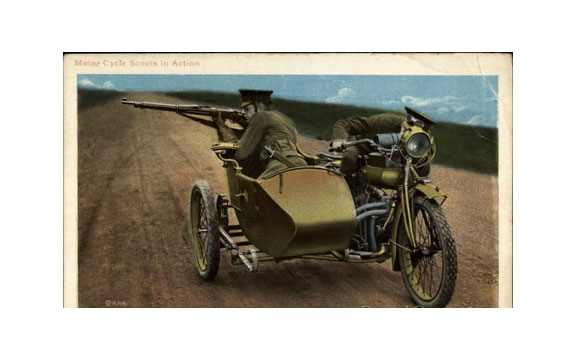
1917 – “Motor Cycle Scouts in Action”
The colorized postcard dated Dec. 6, 1917 was sent from Greenville, South Carolina, site of a U.S. military training camp. While the driver of the sidecar rig ducks for cover, the rifleman aims his Springfield carbine at some imaginary enemy for this posed photo.
***
When the U.S. finally entered the war in 1917, Indian gave its entire production to the military, almost bankrupting itself, selling them at cost and leaving civilian showrooms bare. Harley took a different strategy, providing 50% of its production, the rest going to the public. The Harleys, powered by 1000cc v-twin engines produced 15hp. The factory prospered, many bikes also going to the Dutch and Russian military including gun and stretcher carrying models. Harley-Davidson supplied about one third of the 70,000 machines ordered by the U.S. military, the remaining two-thirds divided between Indian and Cleveland. Of the 26,486 Harleys bought by the U.S., some 7,000 going to England and France where they served as convoy escorts, dispatch, scouting and reconnaissance vehicles.

Henderson Four Goes Hill-Climbing – Original Photo Postcard – Apparently a Model F circa 1913-17

Three Up on a 1927 Böhmerland Attire – Original Czech Postcard
Various models of the Böhmerland were built from 1934 until 1939 in Czechoslovakia. So where did it get its “styling” cues? Well, literally out of thin Czech air. Seems the builder, one Albin Hugo Leibisch started with a clean sheet to draw up his vision of the ultimate road bike, one that could carry up to four passengers. Rear “rockets” actually house the fuel. The 37 cubic inch engine specs include bore and stroke of 78 mm × 120 mm (3.1 in × 4.7 in.), good enough to pump out 16-20 HP.
While our side of Iron Curtain called it the Böhmerlander (Böhme related to the name of Bohemia, part of then Czechoslovakia), back in its home country it was known as the Cechie. The factory was located in the Czech city of Krasna Lipa aka known as Schonlinde since it was in German speaking area of the country “absorbed” in October 1938 by Germany. Some 3,000 bikes were built, however few surviving to the present.

1940 – Finland – Love at First Bike
A rider appears well-attired for motorcycling complete with goggles, gloves and helmet although his passenger sits in a less secure side-saddle position minus any protective gear. The colorized postcard was dated June 7, 1940 and sent from the city of Turku, the oldest settlement in Finland, and located in southwest coast of country at the mouth of the Aura River. In 1996 Turku was declared the official Christmas City of Finland, then designated the European Capital of Culture for 2011.
Only a couple motorcycle references to Finnish motorcycles could be found and one happened to be made in none other than Turku, the company being Tunturi, its history beginning in 1922 and leading to successful bicycle production. In the 1950s the Tunturi led the Finnish domestic market leader in mopeds. They are best known in foreign markets for their range of physical fitness equipment development including stationary bicycles now sold in 40 countries.
The other Finnish manufacturer was Helkama Oy best known for its bicycles (Helkama Velox), and also for umbrellas, cables for ships and communications, household appliances and some car parts. During the 1970s and 1980s a Helkama trial bike won several trial races. The company also made several mopeds that were very popular in Sweden until production ceased in the 1990s.
***

1941 – U.S. – Harley-Davidson and Thompson .45 Machinegun
As early as 1937 the U.S. military visited the Harley-Davidson factory intent on finding a suitable motorcycle for the war they saw as inevitable. Toward that end the Milwaukee company sent the head of its factory service school on a cross country tour of every Army camp east of the Mississippi, logging 200,000 miles on his Harley EL “Knucklehead.”
By 1939, the Army had compared various Harleys and Indians as well as a BMW clone produced by the Delco Corporation. It chose Harley-Davidson, but required that it could reach 65 mph, be able to ford streams 16 inches deep and not overheat at slow speeds slogging through muddy fields.
***

1953 – England – Triumph Thunderbird 650cc – “The Best Motorcycle in the World” An illustration from the Triumph factory’s 1953 catalog appears on a commercial postcard.
The previous 500cc vertical twin Triumph powerplant was bored out to 650cc to appeal to the power hungry American market. Designated as the 6T Thunderbird, the name conjured up the Triumph’s stellar engineer Edward Turner during a visit to the U.S. The new model was debuted in Paris at the Monthery racecourse where three factory riders average 92mph over 500 miles after the riders had ridden from the factory in England to the track and then back again, providing some high profile press for the new machines which was further enhanced when Marlon Brando rode a 1950 Thunderbird in the “The Wild One” in 1953, although the conservative owners of Triumph officially objected to their machine appearing in a rowdy biker movie. However they did not complain about the big jump in Triumph sales that followed the release of the film. The last Thunderbirds were made for English consumption in 1966 by which time the even more famous Bonneville had taken center stage.

1961 – England – Norton Manxman – Mayfair Cards of London – Courtesy of Norton Motors, Ltd.
The caption on the reverse of the card reads: “Every feature of the 1961 Norton was a direct development of Grand Prix racing. It was the know-how gained from winning races all over the world which gives a Norton bike race-bred performance which is second to none. By 1961 the Norton had won 32 T.T. races.”
The Manxman derived its name from the famous Isle of Mann race course, the island also home to the famous tail-less Manx cat. Norton also built the famous Manx single cylinder racers that earned the company so many victories. On November 7, 1960 the first new 650cc Norton Manxman with the vaunted Featherbed frame was launched for the American market only. It was later followed by the larger displacement 750cc Norton Atlas in April 1962 because of the American market demand for more power. However the Atlas proved too expensive to build, profits meager and the cause of growing financial problems for the company. Fortunately in 1968 the new Commando appeared to save the day, at least temporarily.
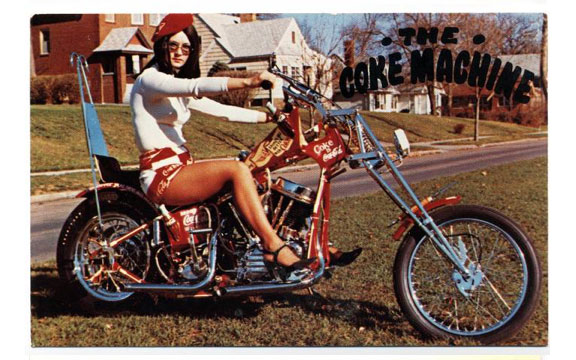
1970s – U.S. – “The Coke Machine”
An example of a limited production privately produced postcard shows the creation of Angela Johnston and David Cargill of Des Moines, Iowa. The 1948 Harley-Davidson Panhead’s 74 cu. in. motor was pumped up to run the quarter mile in 12.09 seconds at 120 mph. The caption on the reverse reads, “A metal sculpture. A kinetic array of Coca-Cola nostalgia. A collage of advertising. Certainly, things go better aboard a customized Harley.”
***
BIO
Paul Garson is an American writer and photographer who lives and writes in Los Angeles in a small apartment with an old rug and a loyal cat. He has written nonfiction articles—many with his own photography—for over 70 US and international publications as well as written a dozen nonfiction books. He has high hopes of being a space tourist or at least getting to Iceland before it turns into Hawaii.
Paul Rabinowitz Photography
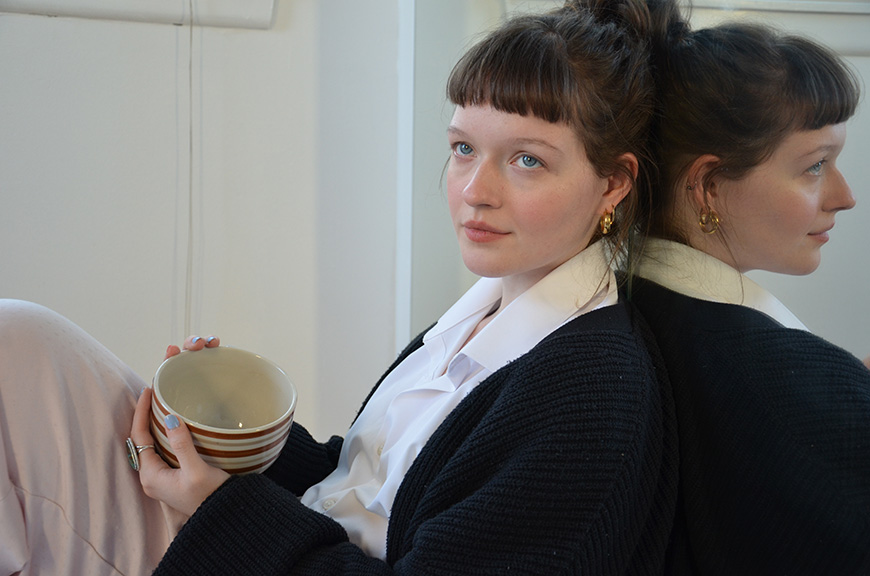


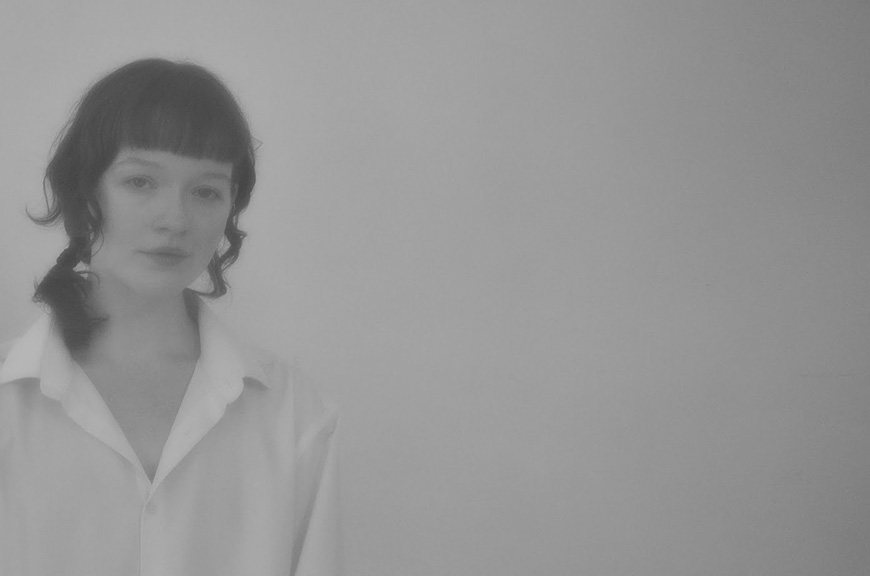
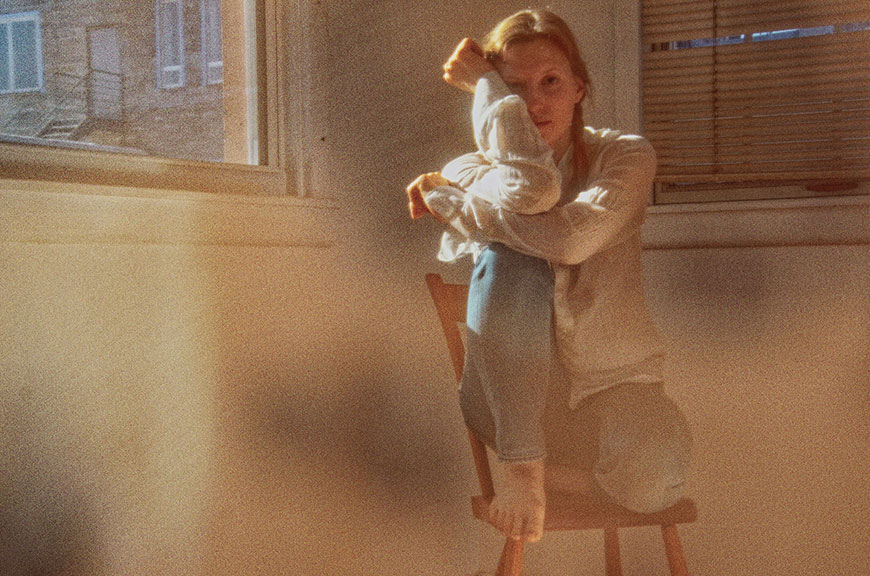

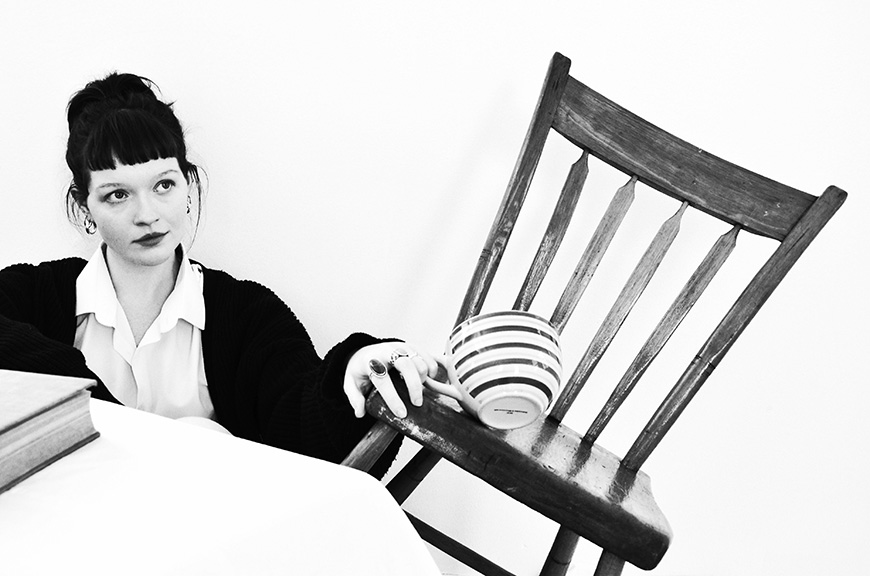

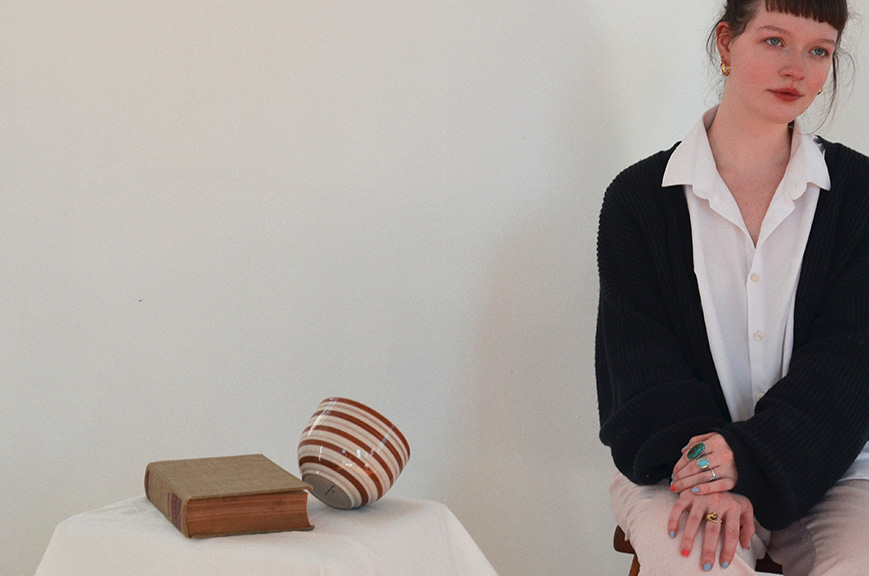
BIO
Paul Rabinowitz is an author, photographer and founder of ARTS By The People, a non-profit arts organization based in New Jersey. Through all mediums of art Paul aims to capture real people, flaws and all. He focuses on details that reveal the true essence of a subject, whether they be an artist he’s photographing or a fictional character he’s bringing to life on the page.
Paul’s photography, short fiction and poetry have appeared in many magazines and journals including New World Writing, Waxwing Literary Journal, Pif Magazine, Courtship of Winds, Burningword, Evening Street Press, The Sun Magazine, Grub Street Literary Journal, The Montreal Review, The Metaworker, Adirondack Review, Bangalore Review, Grey Sparrow Journal, The Oddville Press and others. Paul was a featured artist in Nailed Magazine in 2020 and Mud Season Review in 2022. Paul was nominated for Best of the Net in 2021 for his Limited Light photo series and also nominated for the Maria Mazziotti Gillan Literary Service Award. Paul is the author of Limited Light, a book of prose and portrait photography, and a novella, The Clay Urn. Paul is working on a multimedia novel called Confluence, and has completed a poetry collection called truth, love and the lines in between. His poems and fiction, Little Gem Magnolia, Villa Dei Misteri, Confessional and The Lines In Between are the inspiration for 4 short films. Villa Dei Misteri and Little Gem Magnolia won best Experimental Films at the RevolutionMe and Oregon Short Film Festivals.
Paul has produced mixed media performances and poetry films that have appeared on stages and in theaters in New York City, New Jersey, Tel Aviv and Paris. Paul is a written word performer and founder of The Platform, a monthly literary series in New Jersey, and Platform Review, a journal of voices and visual art from around the world. Paul’s videos, photography and poems appeared in his first solo exhibit called Retrospective With Reading Glasses at CCM Gallery in New Jersey. He is currently at work co-writing a television series with author Erin Jones called Bungalow.
ABOUT PAUL’S PHOTOGRAPHS
This selection of photos comes from Paul’s ongoing photography series, Limited Light. The series was born from a desire to photograph artists in a way that captured the essence and emotion of their art, rather than focusing solely on their physical appearance. Because of Limited Light’s unique aim, the portraits often grew to become a collaboration between Paul and the artists–the final product coming out of a mutual trust and a shared understanding of the ultimate goal. The process of taking these photographs has adapted over time, but each photo featured here was taken in a sixty-minute session. Purposefully, Paul had never seen most of the artists before meeting them to take their portraits–he’d only witnessed their art.
The artists Paul has worked with for this project range from poets to dancers to painters. There is no manipulation of the photographs, so what you see is what Paul saw when he took the photo. The name–Limited Light–comes from the fact that the only equipment Paul uses is camera; therefore, he has to rely on natural lighting and embrace how the subject is transformed by the changing light. This project, he says, has taught him how to accept uncertainty and see beauty in the variables he can’t control.
Paul’s photographs have been published in Escapism Literary Magazine, The Sun Magazine, Courtship of Winds, Burningword Quarterly Journal, The Montreal Review, The Metaworker, Open Arts Forum, Grub Street Literary Journal, Waxwing Literary Journal and was the featured artist in Nailed Magazine in October, 2020 and Mud Season Review in 2022. Paul was nominated for The Best of the Net in 2021 by Burningword Magazine for his Limited Light photo series.
Several of the photos below are featured in his first book, Limited Light where he mixes his portraits with narrative prose. and also appeared in his solo show at CCM Gallery in New Jersey called, Retrospective with Reading Glasses.
TO LEARN MORE ABOUT PAUL’S ART:
https://www.paulrabinowitz.com/
Carolyn Adams Photography
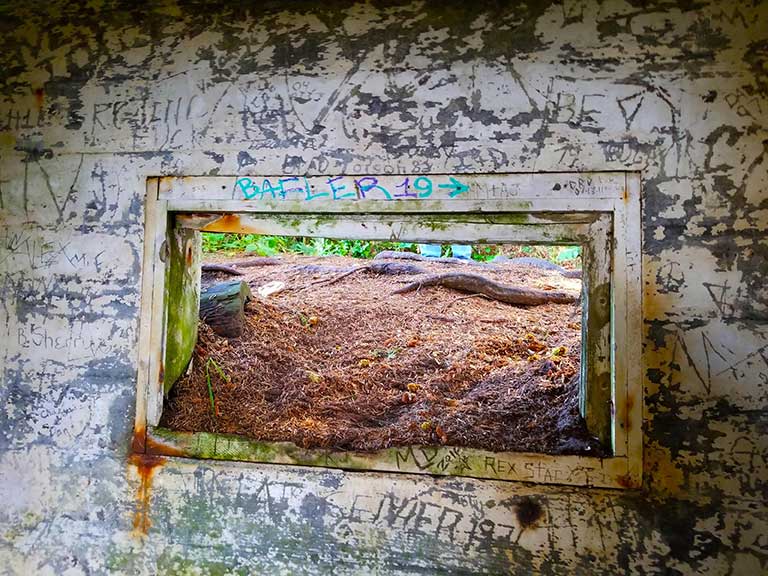

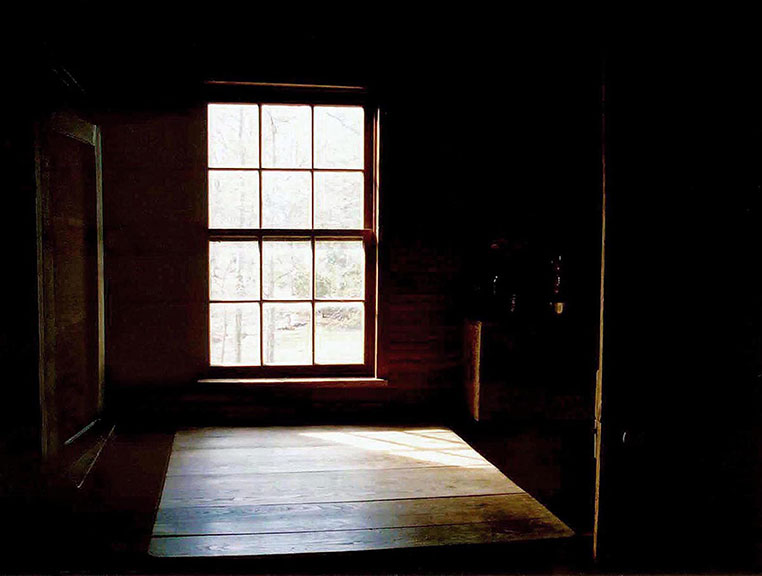
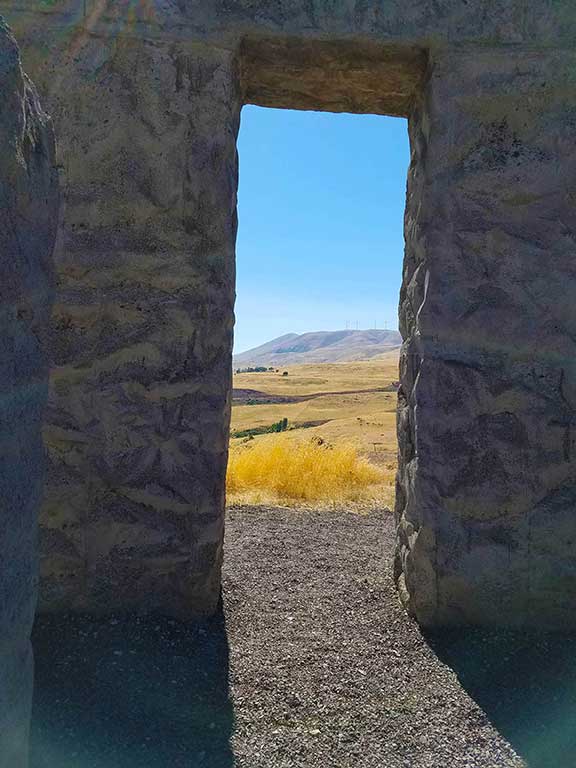
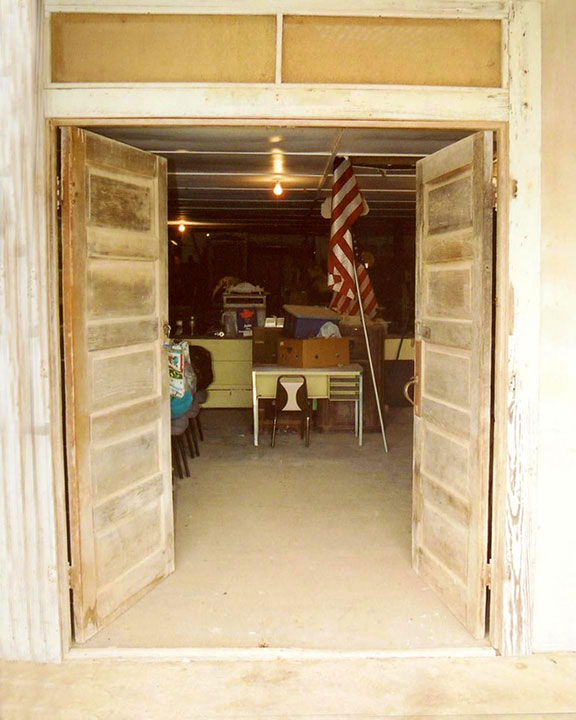


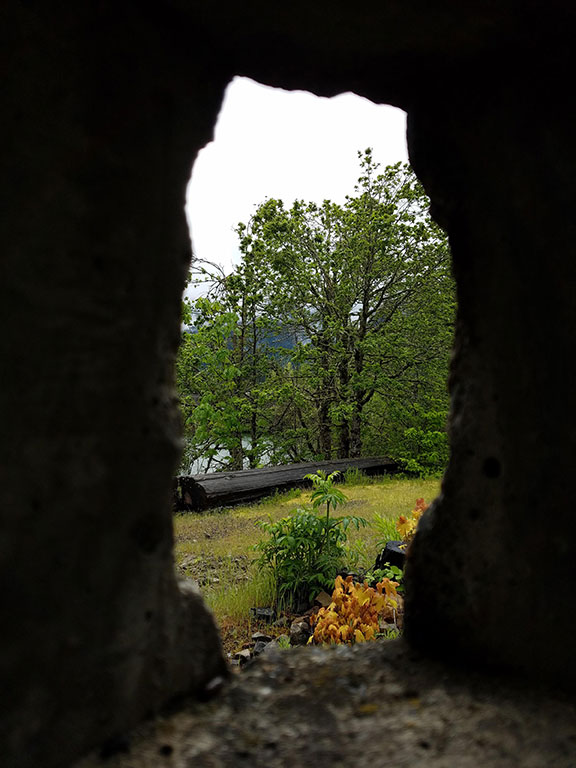


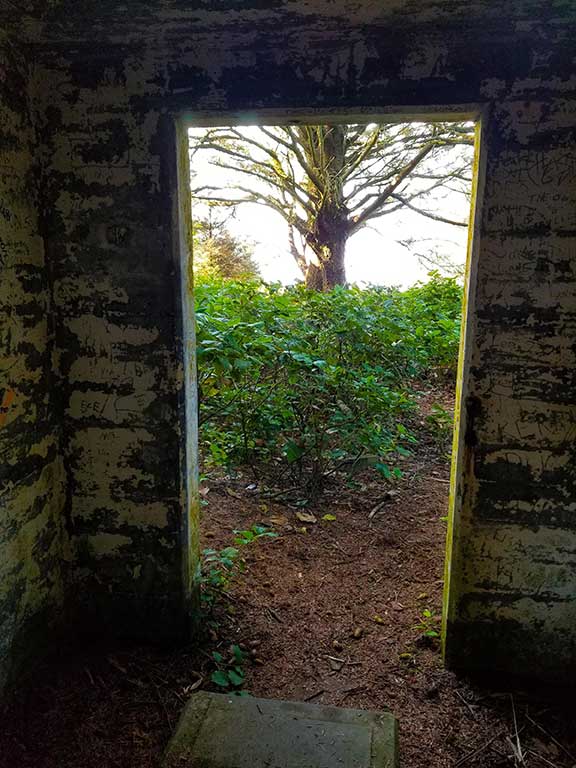
Artist
Statement:
I find pleasure in discovering the artifactual
nature of common objects, the sacred proportions in landscapes and urban
scenes, and the perfect imperfections in birds and animals. This
series of photographs taken within, and in observation of, various Pacific
Northwest homes, ships, WWII coastline surveillance buildings and other
structures, explores the voyeuristic nature of human curiosity.
Bio:
I grew up in a family where something was always being made, repaired, or embellished. I earned a BA in Humanities from the University of Houston-Downtown, and have pursued art and photography as hobbies for many years. In my native Houston, Texas my works have been included in exhibits such as “Houston Collage Underground” at DiverseWorks, and “Earth Visions” at the Museum of Printing History. In my new home of Beaverton, Oregon, my photography and collage have featured in a “Beaverton Arts Mix” exhibit and in “#YourArtMoment”, an online gallery of works by local artists.
Links to Online Works:
Some of my art and photographs can be found at these links:
https://changesevenmag.com/artwork-winter-2020/#jp-carousel-15410
https://changesevenmag.com/artwork-winter-2020/#jp-carousel-15409
https://feralpoetry.net/when-im-playing-gta-and-they-make-me-shoot-an-elk-by-olivia-kingery/
https://feralpoetry.net/lemon-cream-by-peach-delphine/
Liz Brizzi Art
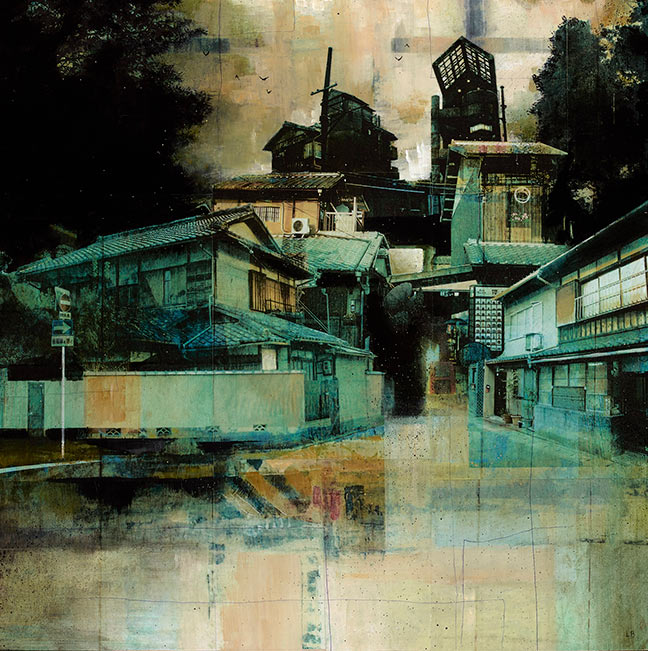
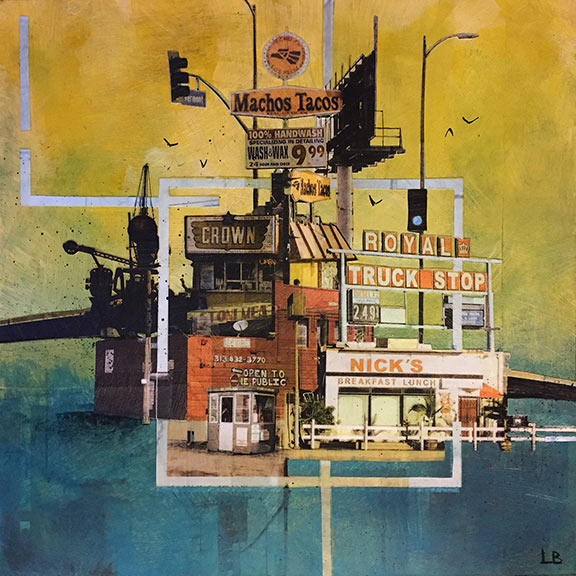
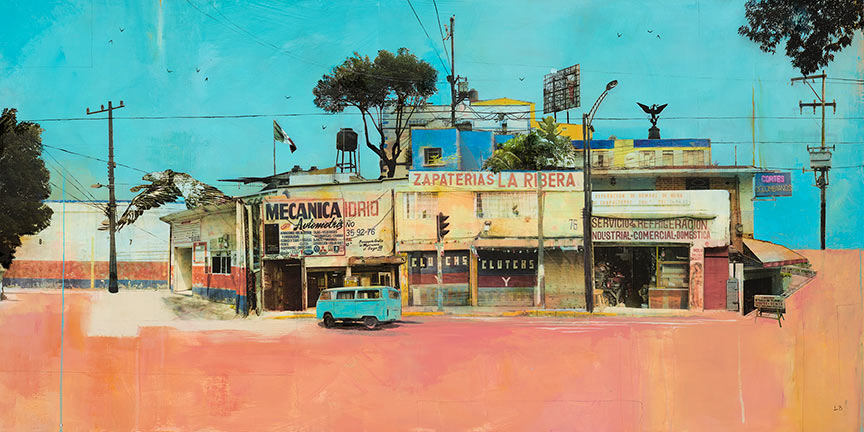
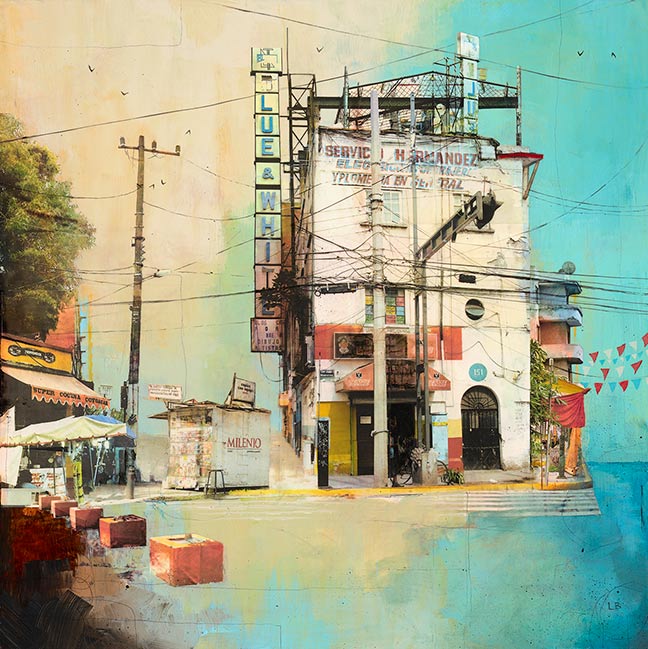
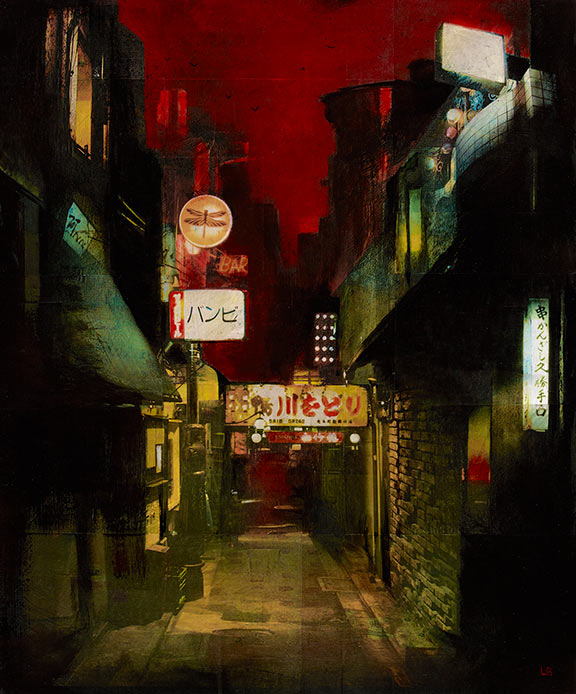
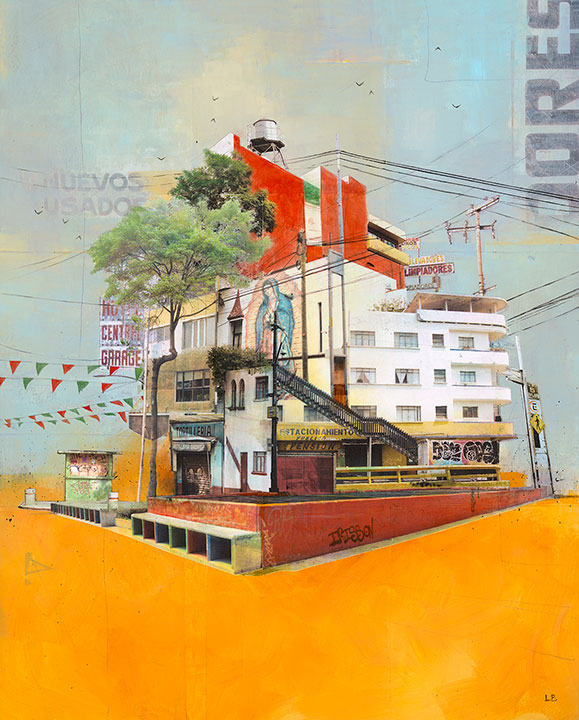

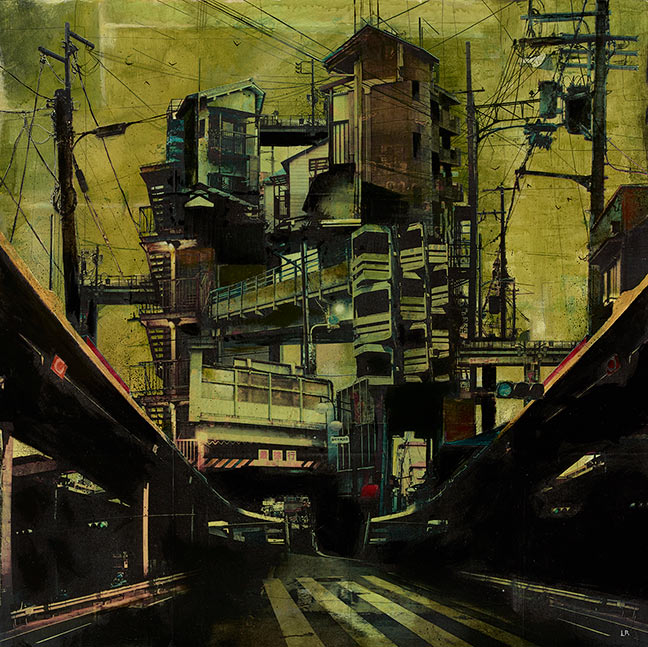
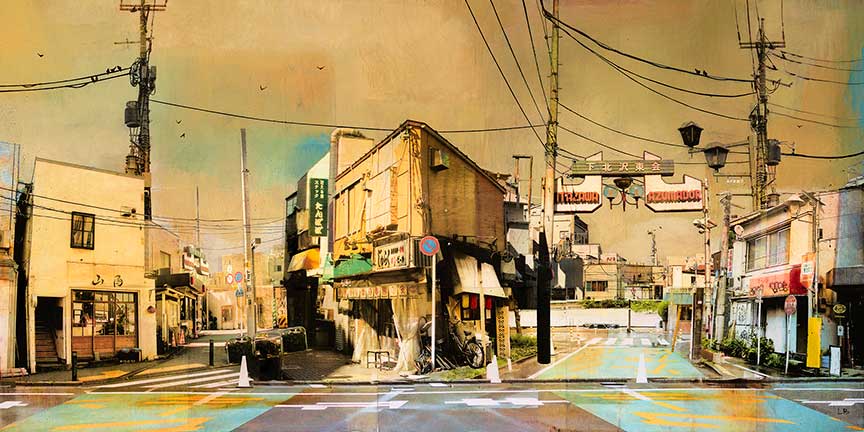
Liz Brizzi Bio
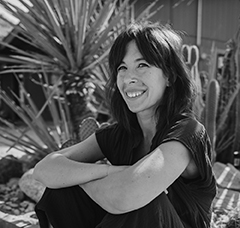
A native of France, born of Italian parents, Liz grew up in Los Angeles.
Inspired by the world and her travels, her keen eye captures the forlorn areas of our cities which she in turn transforms into scenes that whisk viewers away to an altogether different place, one filled with wonder and discovery.
She manipulates her original photography onto acrylic painted wood panels, then layers each piece with washes of color resulting in strikingly original works of art. Her mixed media paintings aim to cast a light on the lost and forgotten segments of the cities in which we live.
Liz graduated in 2002 from Otis Art Institute with a BFA in Illustration and now works as a graphic artist from her studio in Los Angeles.
https://www.lizbrizzi.com/
Leigh Anita Photography
The Photography of Leigh Anita

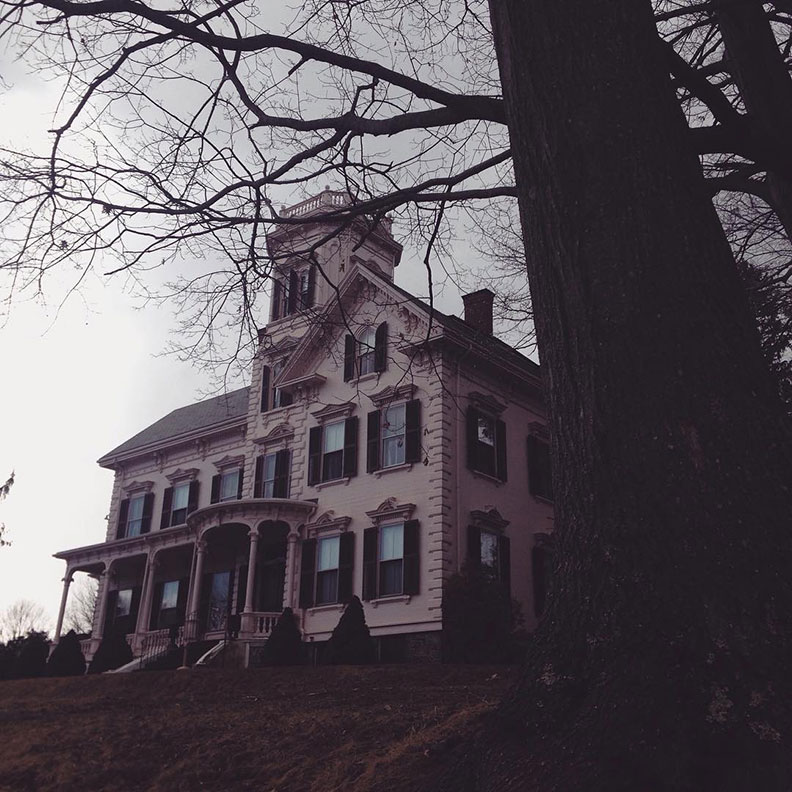


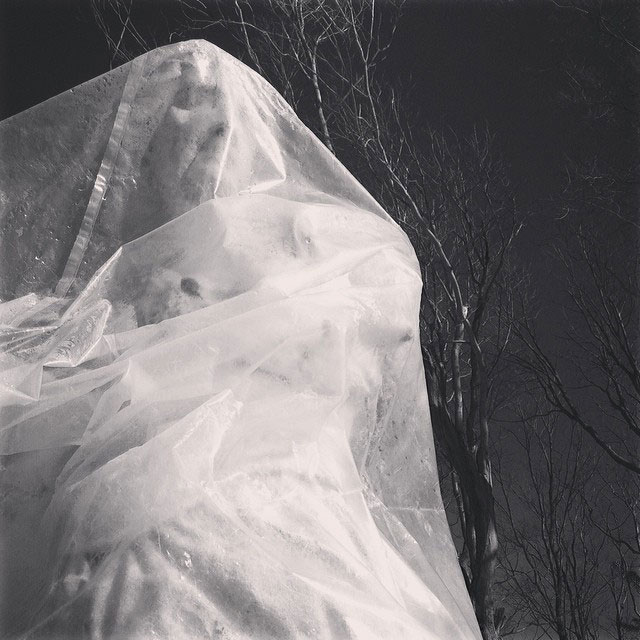


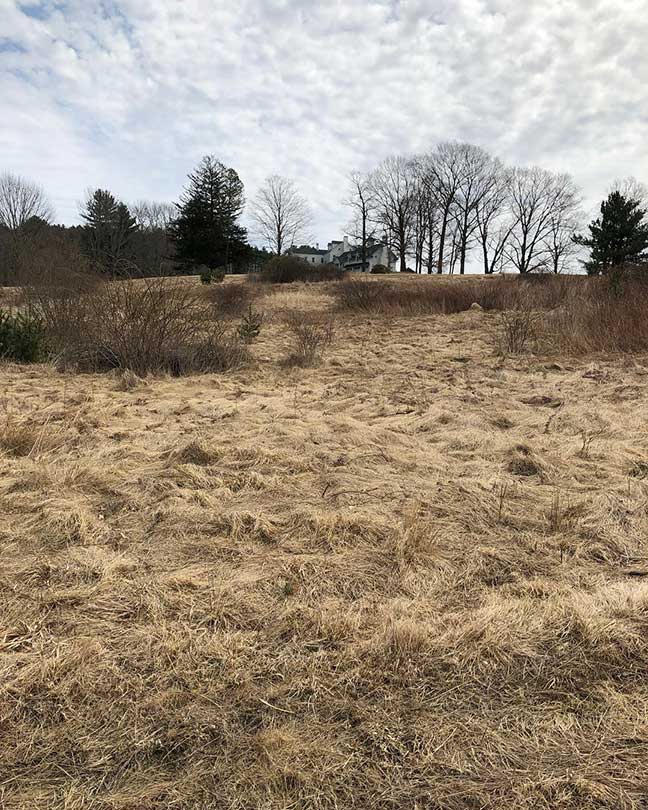

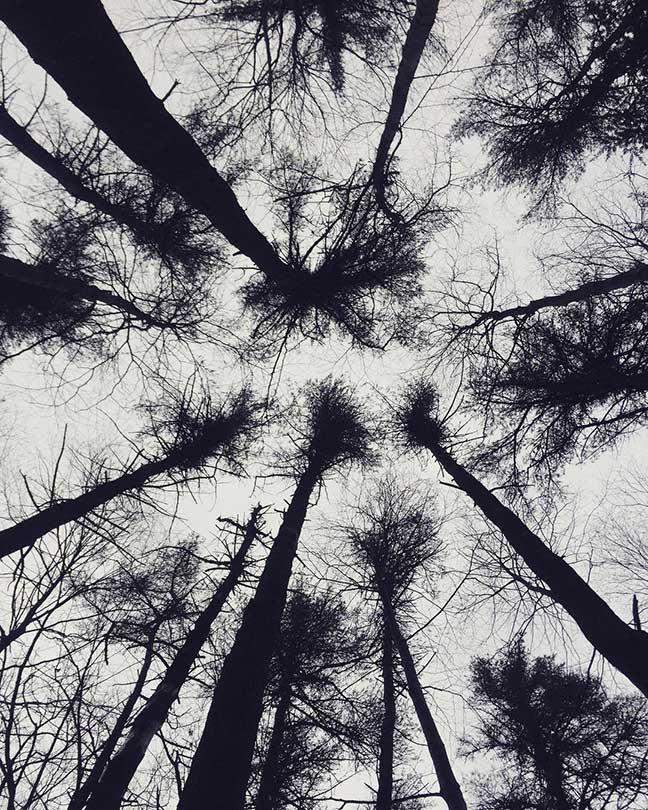

BIO
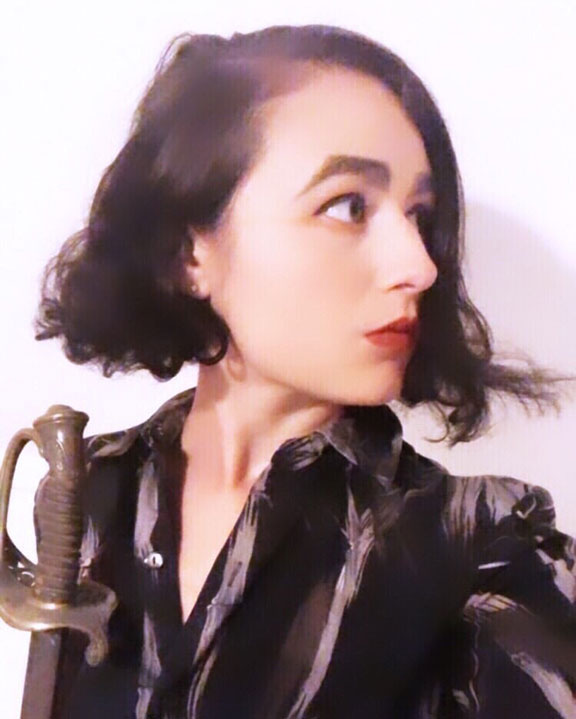 Living in Maine is like living in two places. I spend my days walking circles in the forest, down side streets, and through pocket gardens. In summertime, days pass slowly and the crystal green ocean glistens with falling waves. Deciduous forests cloak winding carriage trails to the Atlantic. In the winter there is only silence. Seaside towns that are so empty even light footsteps echo down their streets. Stone walls that once marked property lines crumble along the forest floor. Nature reclaims the ruins of ancestral homes and resort hotels. By night, dark salt water crashes against seaside cliffs while foghorns moan in the harbor. Three of the four seasons are spent in total isolation. Memories of being submerged in the amber glow of August fall away. Cicadas sing as the days grow shorter, until one morning a fog rolls in to hover above the marshland. I cross the great Piscataqua River by foot. From the bridge I watch its powerful current. Tankers pass along the waterfront with salt, freight, and scrap metal.
Living in Maine is like living in two places. I spend my days walking circles in the forest, down side streets, and through pocket gardens. In summertime, days pass slowly and the crystal green ocean glistens with falling waves. Deciduous forests cloak winding carriage trails to the Atlantic. In the winter there is only silence. Seaside towns that are so empty even light footsteps echo down their streets. Stone walls that once marked property lines crumble along the forest floor. Nature reclaims the ruins of ancestral homes and resort hotels. By night, dark salt water crashes against seaside cliffs while foghorns moan in the harbor. Three of the four seasons are spent in total isolation. Memories of being submerged in the amber glow of August fall away. Cicadas sing as the days grow shorter, until one morning a fog rolls in to hover above the marshland. I cross the great Piscataqua River by foot. From the bridge I watch its powerful current. Tankers pass along the waterfront with salt, freight, and scrap metal.
I grew up on a small island, and sometimes wonder if I grew up to become a small island. There are days that I escape to the city, but find vines creeping between the bricks and cobblestones.
Winter is brittle, trees lose their leaves and reach toward clouds heavy with snow. Days are dark and fade into what feels like endless night. Roads snake along the coast without streetlights, becoming treacherous after dusk. During my adolescence, I spent a great deal of time wandering the island. My brother and I made our playgrounds in abandoned bunkers and atop timber pilings that once supported an anti-submarine net to capture German U-Boats. When I couldn’t sleep, my father tapped messages on my back in morse code.
When I came of age, I left the island and all of its architectural ghosts. Every night, I found myself wandering city streets until sunrise, searching for patterns and visiting the dark waterfront. Silence no longer existed, and the stars were masked behind the ochre glow of millions of lights. As an adult, I find myself on the mainland, but within close proximity to the island and the unending loop. Although I work primarily as an illustrator, my creative process involves wandering alone and trying to understand what it means to be remote. I have returned for it. I vanish into the trees, down side streets, beneath the waves, into the salt air.
www.leighanita.com
Etsy.com/shop/LeighAnita
Instagram
Art: @leighanita
Nature: @some.girls.wander.by.mistake
Ashley Urban Photography
Ashley Urban
An Homage to Historic Downtown
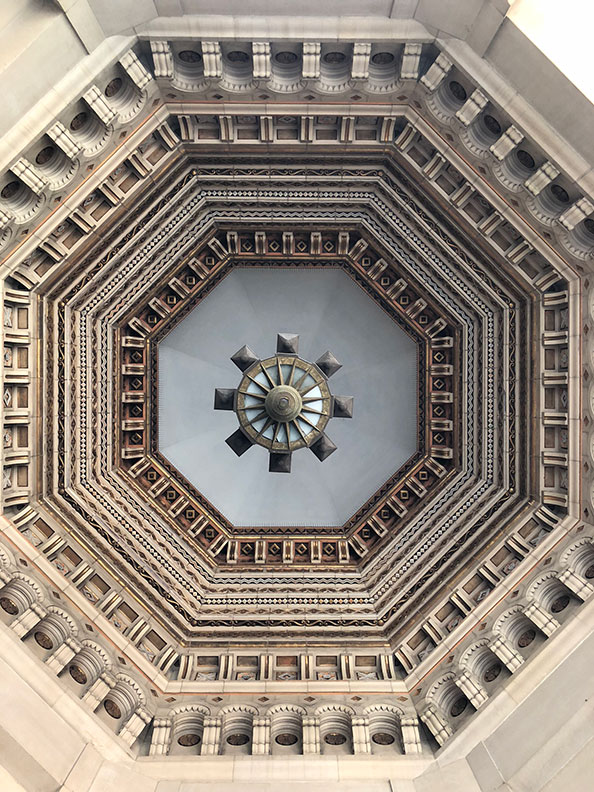
Cal Edison Building

Cal Edison Building

Cal Edison Building
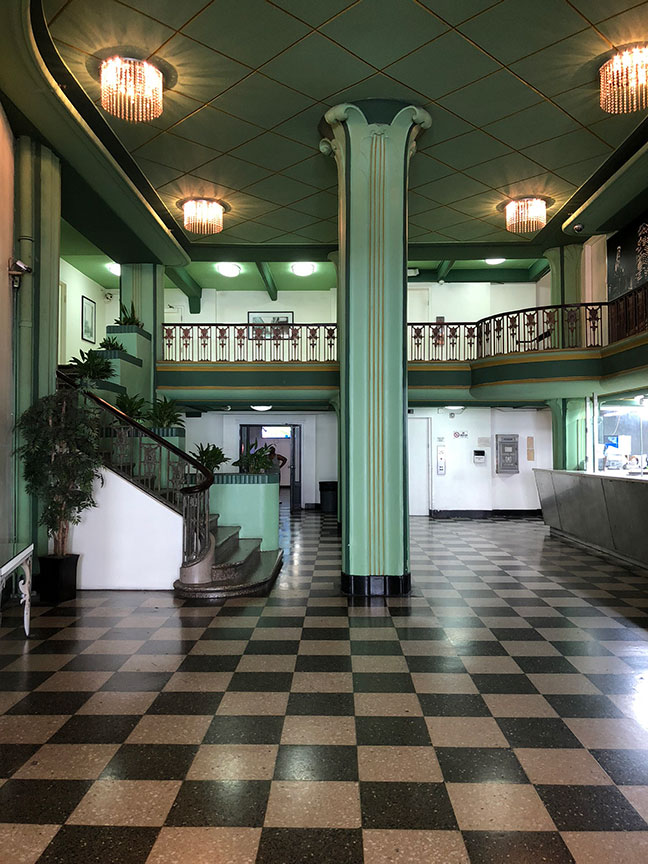
Hotel Hayward

Warner Bros Theatre Dome

Biltmore Hotel

Biltmore Hotel
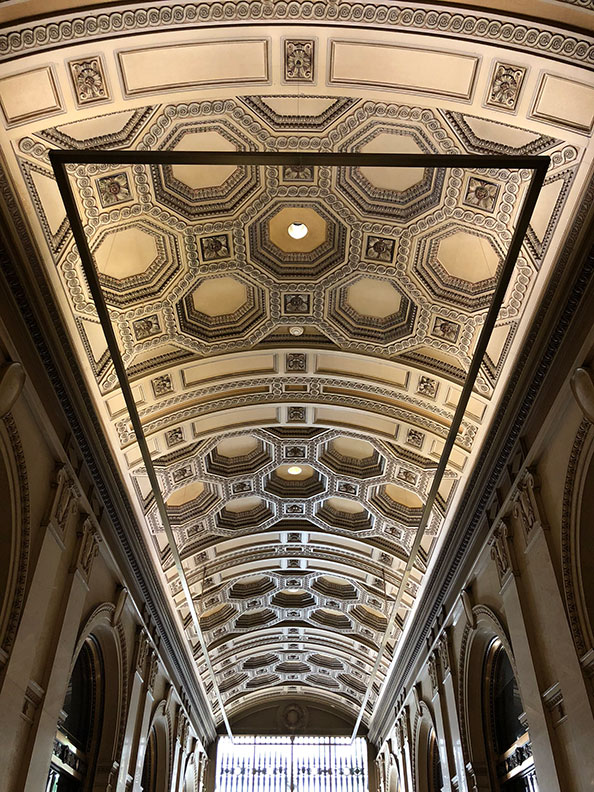
Pac Mutual Building
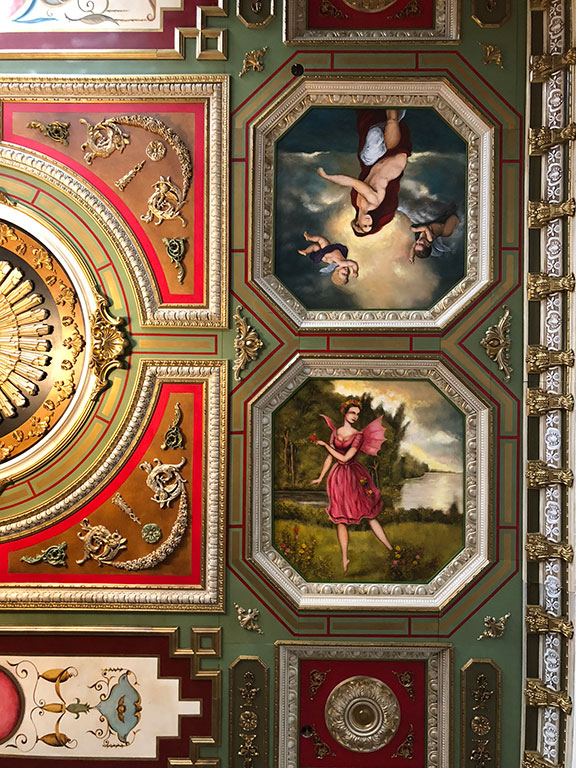
Secret Ceiling

Los Angeles Theatre
ABOUT
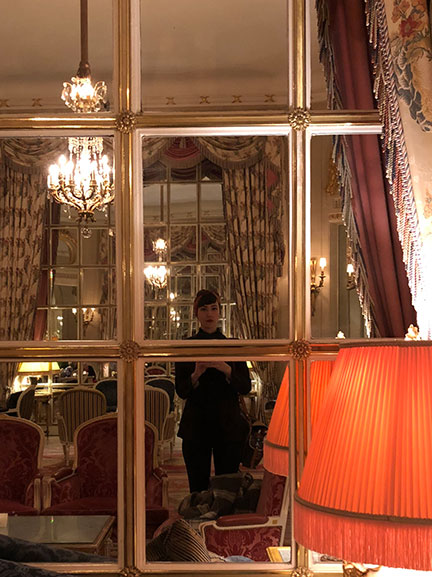 Ashley Urban is a fine artist and illustrator, fashion designer, and visual story teller. Originally from the seclusions of a national forest in Colorado, she has found a strong juxtaposition of culture, sights, sounds and experiences after moving to Los Angeles in 2013. Ashley lives and designs a multitude of creative projects from her downtown Los Angeles studio. One of her favorite pastimes is taking walks through the downtown streets, photographing and studying historic architecture. She has an allegiance for sharing the sights of what she finds well designed, beautiful, strange, mesmerizing or overlooked. With an affinity for bygone eras, she finds considerable excitement and curiosity in the hidden stories that the spectacular historic buildings of Los Angeles could tell. You can find her art, photography, fashion and all manner of the ‘The Art of Style’ on her website, TheAshleyUrban.com
Ashley Urban is a fine artist and illustrator, fashion designer, and visual story teller. Originally from the seclusions of a national forest in Colorado, she has found a strong juxtaposition of culture, sights, sounds and experiences after moving to Los Angeles in 2013. Ashley lives and designs a multitude of creative projects from her downtown Los Angeles studio. One of her favorite pastimes is taking walks through the downtown streets, photographing and studying historic architecture. She has an allegiance for sharing the sights of what she finds well designed, beautiful, strange, mesmerizing or overlooked. With an affinity for bygone eras, she finds considerable excitement and curiosity in the hidden stories that the spectacular historic buildings of Los Angeles could tell. You can find her art, photography, fashion and all manner of the ‘The Art of Style’ on her website, TheAshleyUrban.com
TheAshleyUrban.com
Ashley Inguanta
Last Night in a Dream
by Ashley Inguanta
Last night in a dream, I was healthy. You were a rose. You got into my car and I took you home, and when you saw the white flags at the Brooklyn bridge’s arc, you told me the story of a conflicted hero, all shadow and moon, and I told you a story about resurrecting the dead. In your story, the hero did not want to die, so she did not leap. Instead, she turned into a seed. In my story, I kneeled by your grave. When I heard gunfire, I dodged each bullet—and then, finally, I woke up next to you, all new, stripes of sunlight over your hair like a crisp photograph.
Sometimes I wonder: If God could really hear me, what would the moon do? Any good moon would reach over both white flags, carry them to you as you fall asleep. Any good moon would hold me here, in this dream, where I can run to you without losing my breath, where you are a rose and my heart is good as new.
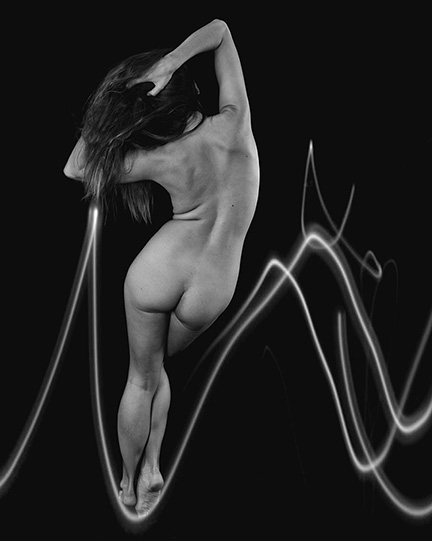
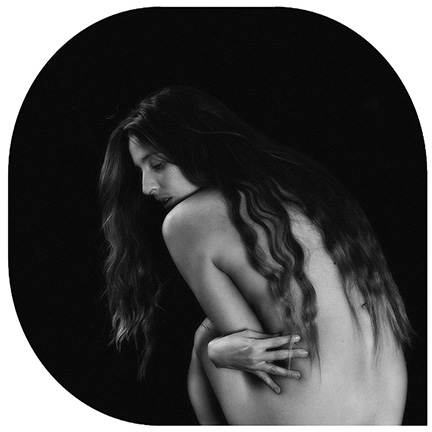
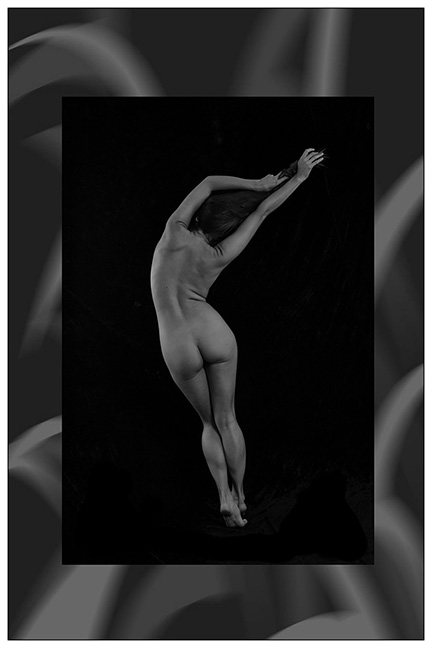
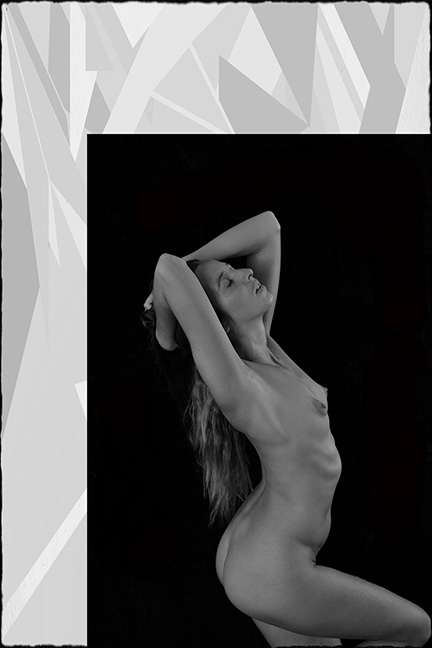
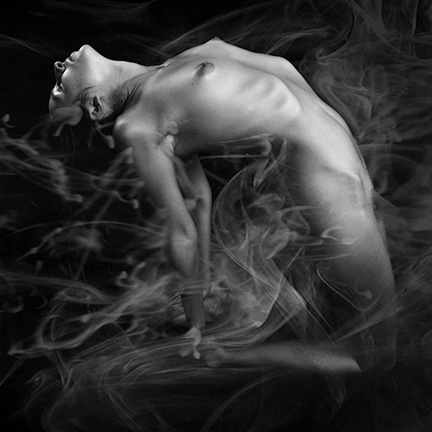
BIO
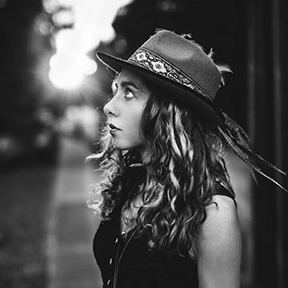 Ashley Inguanta is a small-press author, photographer, and yoga teacher who has dedicated her life to helping others heal by developing healthy coping mechanisms. She earned her MFA in Creative Writing from The University of Central Florida in 2011, and she earned her 200 hour RYT certificate from YOGAMAYA New York in 2014. She is the author of The Way Home (Dancing Girl Press, 2013 / re-published with The Writing Disorder on Kindle), For the Woman Alone (Ampersand Books 2014), and Bomb, which is forthcoming with Ampersand Books this fall. As a mental health advocate and queer rights advocate, she’s volunteered with organizations and facilities like Equality Florida and Lakeside Alternative, and currently she teaches healing, restorative writing and yoga classes at several locations in Central Florida.
Ashley Inguanta is a small-press author, photographer, and yoga teacher who has dedicated her life to helping others heal by developing healthy coping mechanisms. She earned her MFA in Creative Writing from The University of Central Florida in 2011, and she earned her 200 hour RYT certificate from YOGAMAYA New York in 2014. She is the author of The Way Home (Dancing Girl Press, 2013 / re-published with The Writing Disorder on Kindle), For the Woman Alone (Ampersand Books 2014), and Bomb, which is forthcoming with Ampersand Books this fall. As a mental health advocate and queer rights advocate, she’s volunteered with organizations and facilities like Equality Florida and Lakeside Alternative, and currently she teaches healing, restorative writing and yoga classes at several locations in Central Florida.
PHOTOGRAPHY
Alexander C. Kafka is a journalist, photographer, and composer in Bethesda, Maryland. His photography portfolio is at https://www.lensculture.com/alexander-kafka

